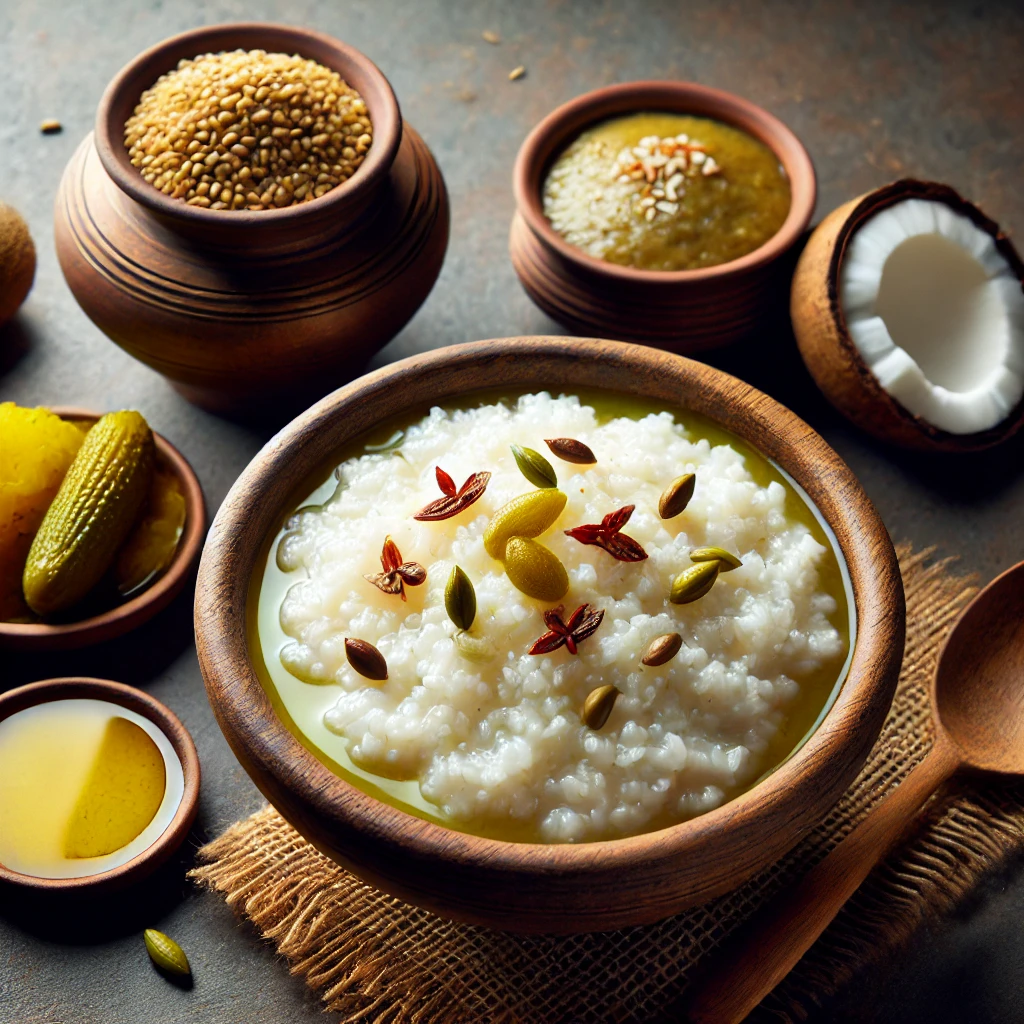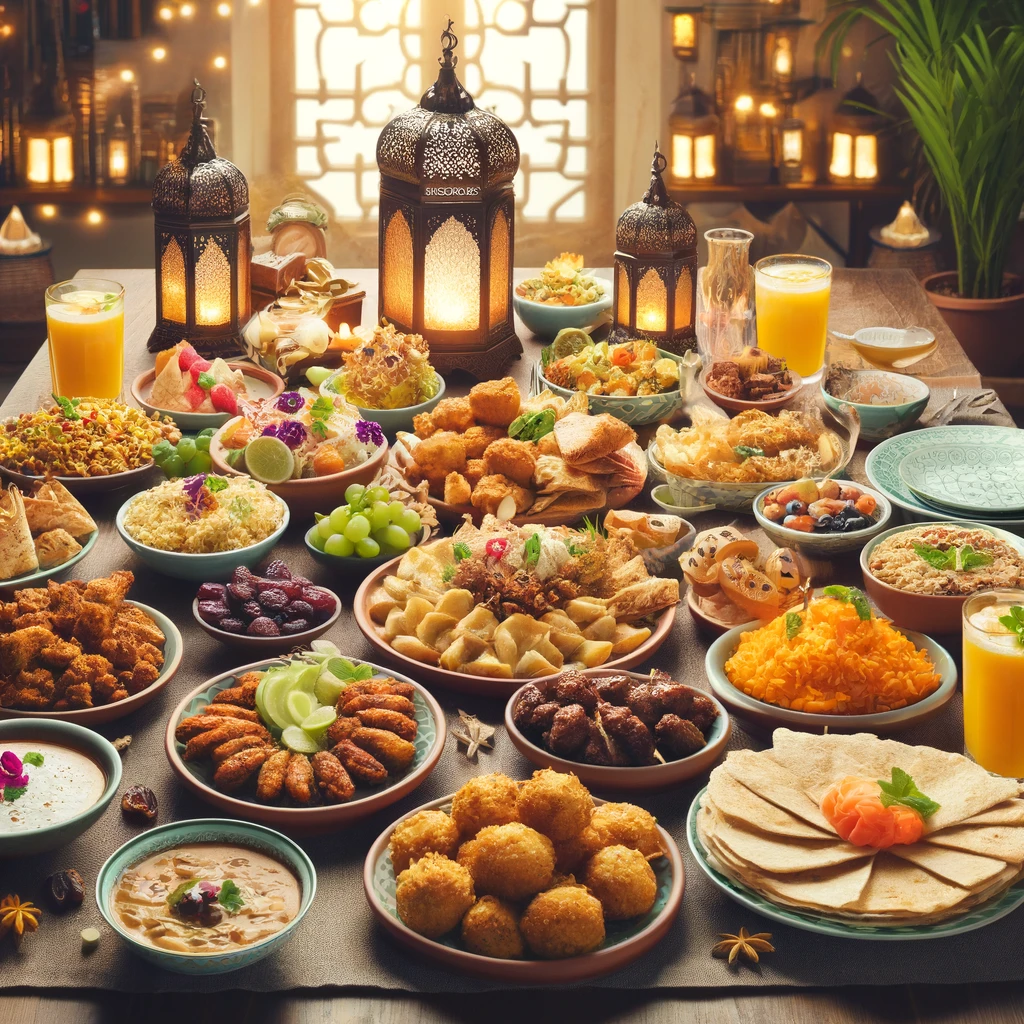Lunar New Year Food, also known as the Spring Festival, is the most significant holiday in many Asian cultures, especially in China. It marks the beginning of a new lunar year and is celebrated with grand feasts featuring symbolic foods believed to bring prosperity, longevity, and happiness. The tradition of preparing special foods for the New Year has existed for over 3,000 years, dating back to the Shang Dynasty (1600–1046 BC).
Let’s explore the history and significance of some of the most traditional Lunar New Year foods:
lunar new year food
1. Dumplings (饺子 – Jiǎozi)
- Origins: Dumplings date back to the Han Dynasty (206 BC–220 AD) and were invented by a physician named Zhang Zhongjing to help people fight frostbite during winter.
- Symbolism: Their shape resembles ancient Chinese gold ingots, making them a symbol of wealth and prosperity.
- Tradition: Families gather on New Year’s Eve to make dumplings together, believing that the more dumplings they eat, the richer they will become in the coming year.
2. Fish (鱼 – Yú)
- Origins: Fish has been a staple in Chinese New Year feasts since the Zhou Dynasty (1046–256 BC).
- Symbolism: The word 鱼 (yú) sounds like 余 (yú), meaning “surplus” or “abundance.” Eating fish represents having extra wealth and luck every year.
- Tradition: The fish must be served whole, with the head and tail intact, to ensure a good beginning and end to the year.
3. Glutinous Rice Cake (年糕 – Niángāo)
- Origins: Niángāo was first made during the Warring States Period (475–221 BC) and later became popular in the Ming and Qing Dynasties.
- Symbolism: The name 年糕 (niángāo) sounds like 年高 (nián gāo), meaning “a higher year,” symbolizing growth, success, and promotions.
- Tradition: Originally, niángāo was an offering to the Kitchen God, whose report to the Jade Emperor determined a family’s fortune for the year.
4. Longevity Noodles (长寿面 – Chángshòu Miàn)
- Origins: Noodles have been part of Chinese cuisine for over 4,000 years, with longevity noodles specifically originating from the Han Dynasty (206 BC–220 AD).
- Symbolism: These long, unbroken noodles represent a long and healthy life.
- Tradition: It is believed that cutting the noodles shortens one’s lifespan, so they must be eaten whole.
5. Spring Rolls (春卷 – Chūnjuǎn)
- Origins: Spring rolls date back to the Eastern Jin Dynasty (266–420 AD) and were originally eaten as a seasonal snack to celebrate the arrival of spring.
- Symbolism: Their golden, crispy appearance resembles gold bars, symbolizing wealth and prosperity.
- Tradition: They are particularly popular in southern China, especially in Fujian and Guangdong provinces.
6. Sweet Rice Balls (汤圆 – Tāngyuán)
- Origins: Tāngyuán became a popular Lunar New Year dessert during the Song Dynasty (960–1279 AD).
- Symbolism: The round shape represents family unity and togetherness.
- Tradition: Eating tāngyuán on Lantern Festival (the 15th day of Lunar New Year) strengthens family bonds and harmony.
7. Mandarin Oranges (橘子 – Júzi)
- Origins: The tradition of giving mandarin oranges started during the Tang Dynasty (618–907 AD).
- Symbolism: The Chinese word for mandarin orange (橘 jú) sounds like 吉 (jí), meaning good luck and fortune.
- Tradition: During Lunar New Year, people exchange mandarins as gifts and display them at home to attract prosperity.
Conclusion of lunar new year food:
Lunar New Year foods are deeply rooted in history, culture, and symbolism. Every dish carries wishes for good fortune, happiness, and success in the coming year. These traditions have been passed down for thousands of years, strengthening family bonds and keeping cultural heritage alive.
Which of these Lunar New Year foods is your favorite?




